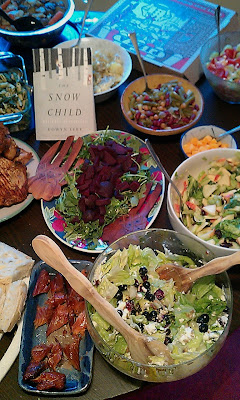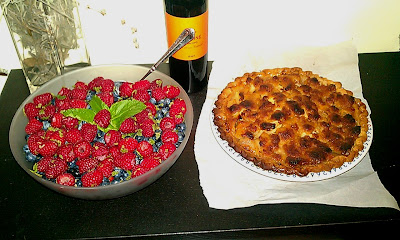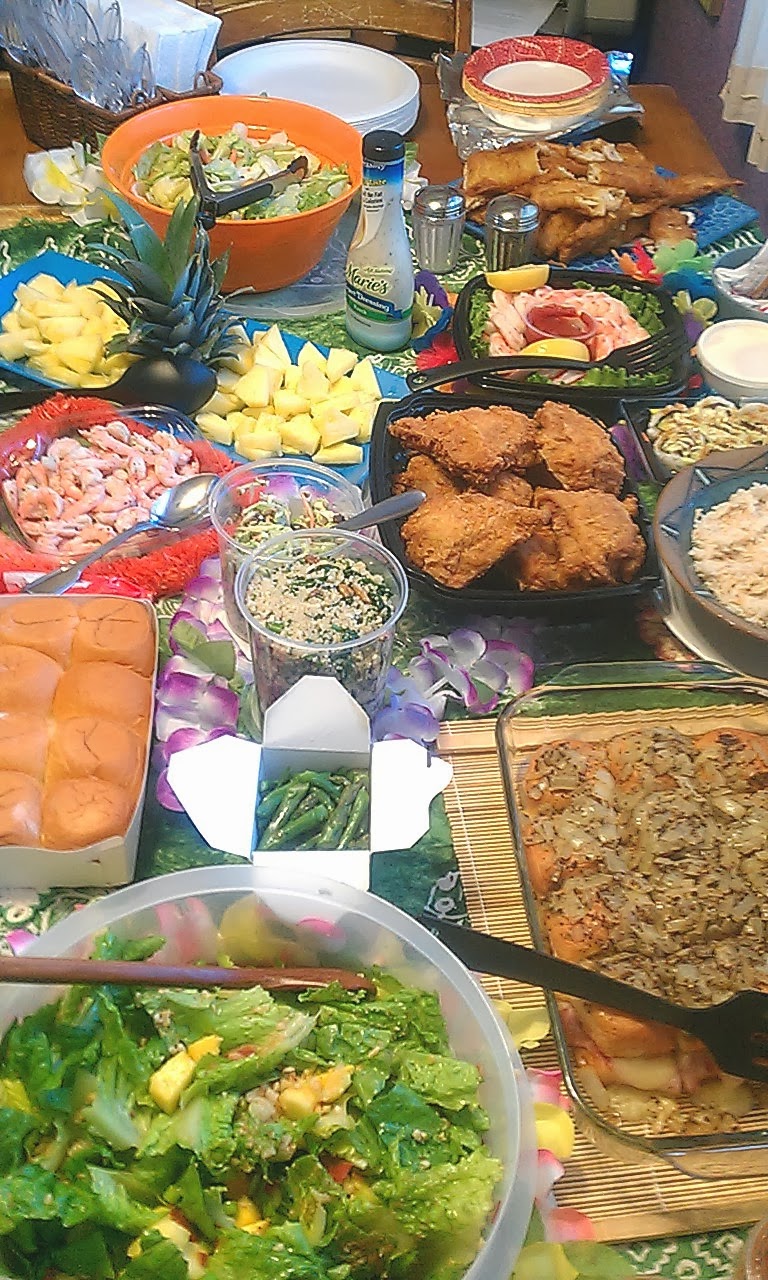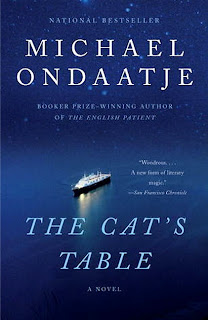Our January reading choice is the novel
Cutting for Stone by
Abraham Verghese.
Here is a selection from the New York Times book review:
“I will not cut for stone,” runs the text of the Hippocratic oath, “
even for patients in whom the disease is manifest; I will leave this operation to be performed by practitioners, specialists in this art.”
Those words provide an epigraph partway through Abraham Verghese’s first novel, “Cutting for Stone,” and also explain the surname of its narrator, Marion Stone, along with his twin brother, Shiva, and their father, the almost entirely absent surgeon Thomas Stone. Absent in body only: in spirit, Thomas’s disappearance after their birth haunts and drives this book.
Yet until the reader comes across the oath, well into the novel, the title may seem pleasing to the ear but puzzling to the mind: it tries to do too many jobs at once. It neither suggests the book’s action — as, say, “Digging to America” does — nor evokes its mood, as “Bleak House” does. Still, Verghese strives for the empathy of
Anne Tyler and the scope of Dickens. If he doesn’t quite manage either, he is to be admired for his ambition.
Verghese is a physician and an already accomplished author. His two nonfiction books,
“My Own Country,” about AIDS in rural Tennessee, and
“The Tennis Partner,” a moving and honest memoir of a difficult, intimate friendship, are justly celebrated. His commitment to both his professions is admirable: currently a professor at the
Stanford University School of Medicine, he also holds an M.F.A. from the Iowa Writers’ Workshop. But why mention qualifications? What do qualifications matter where fine writing is concerned? Not at all, is the correct answer, and yet qualifications like Verghese’s are tribute, at the very least, to his stalwart effort. This effort is both the making and the unmaking of “Cutting for Stone.”
The plot of this big, dense book is fairly straightforward. Marion and Shiva Stone are born one dramatic afternoon in 1954 in Addis Ababa, the same day their mother — a nun, Sister Mary Joseph Praise — dies of complications from her hidden pregnancy. The boys are conjoined at the skull, yet separated at birth; they are raised by Dr. Kalpana Hemlatha, a forceful woman known as Hema, and Dr. Abhi Ghosh, both immigrants from Madras and both doctors at the hospital where the boys’ natural parents also worked. Missing Hospital, it’s called: “Missing was really
Mission Hospital, a word that on the Ethiopian tongue came out with a hiss so it sounded like ‘Miss
ing.’ ” They grow up amid the political turmoil of Ethiopia...
This is a first novel that reveals the author’s willingness to show the souls, as well as the bodies, of his characters.
for the complete review visit:
http://www.nytimes.com/2009/02/08/books/review/Wagner-t.html?_r=0



























